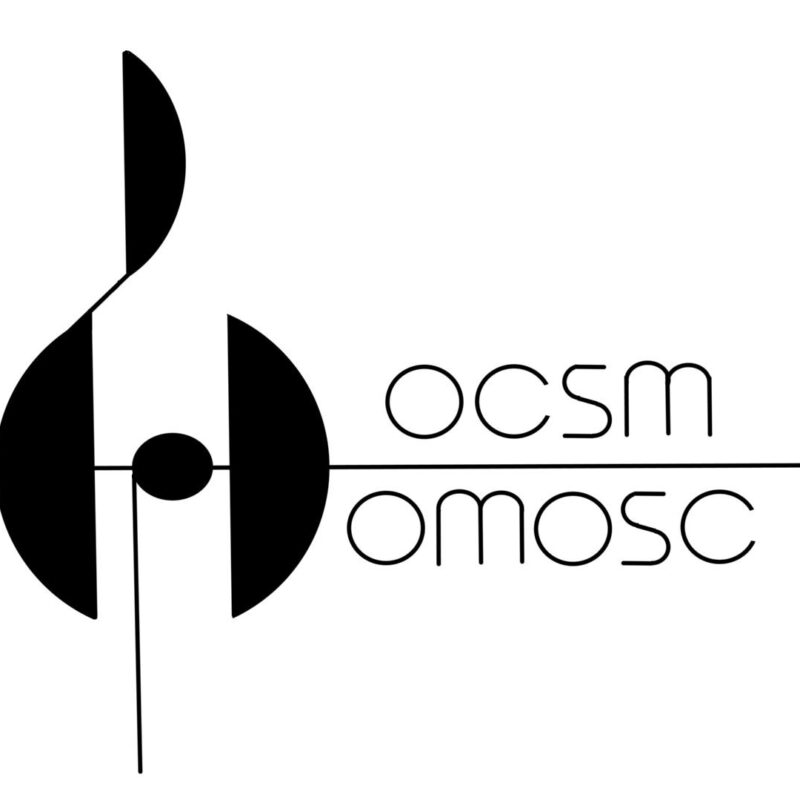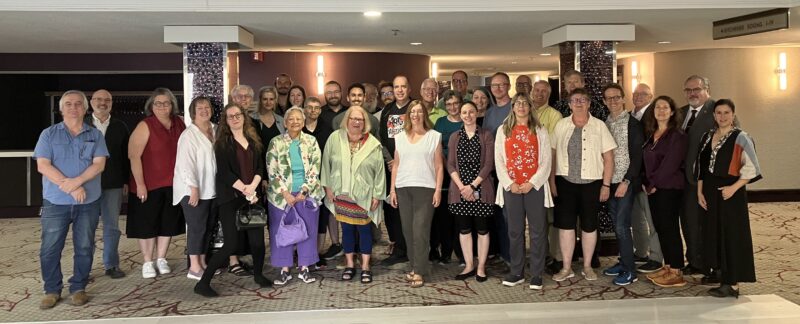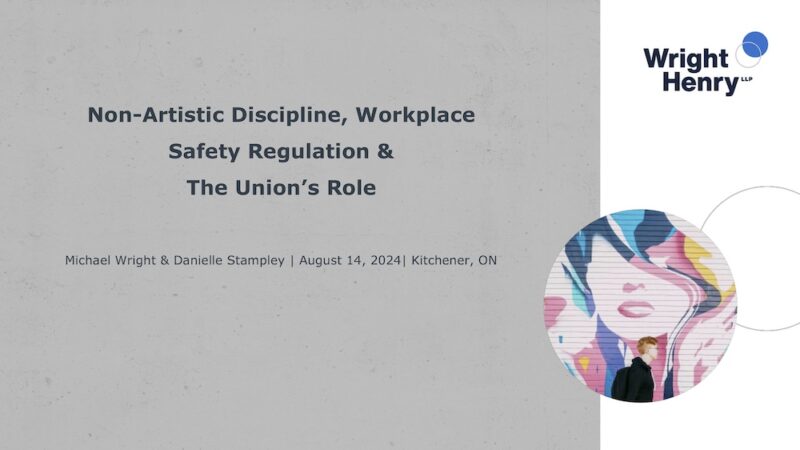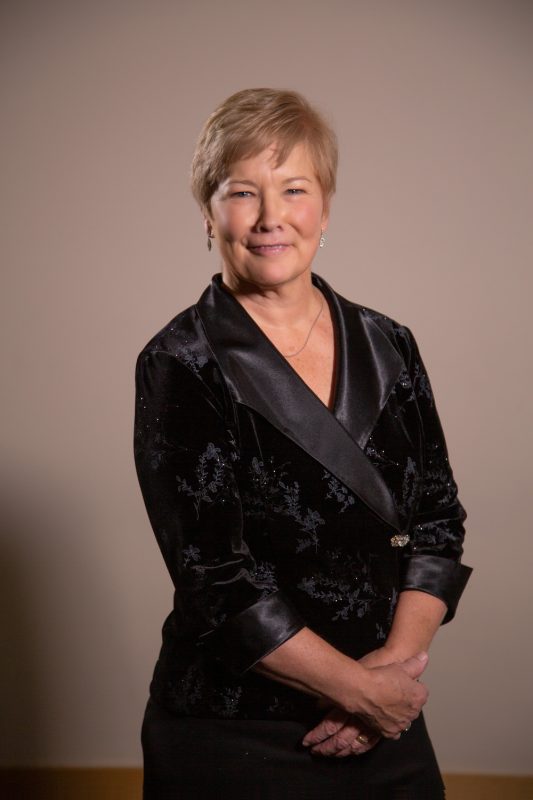 Calgary, Canada (24/9/2024) – Heather Wootton, Calgary Philharmonic Orchestra’s Assistant Principal Horn is the winner of the Orchestras Canada Betty Webster Award for 2024.
Calgary, Canada (24/9/2024) – Heather Wootton, Calgary Philharmonic Orchestra’s Assistant Principal Horn is the winner of the Orchestras Canada Betty Webster Award for 2024.
🎥 Watch the Award Announcement Video on YouTube!
Heather Wootton was nominated by the Calgary Philharmonic Orchestra. The award celebrates Heather’s contribution to Canadian orchestras through her career-long commitment and outstanding impact on music education and expanding opportunities for young musicians. There will be an official award presentation to Heather the evening of September 27 at a Calgary Philharmonic concert.
The Betty Webster Award was established in 2002 to honour Mrs. Elizabath Webster, C.M. (1925-2018), Orchestras Canada’s founding Executive Director. Past winners include distinguished musicians, volunteers, educators, ensembles, and arts managers: a tribute to Mrs. Webster’s inclusive vision for Canadian orchestras. In 2024, the jury focused on the calibre and impact of the nominees’ contributions to music education of one or more Canadian orchestras.
Heather has been a member of the horn section of the Calgary Philharmonic since 1993. In 2015, she was instrumental in launching PhilKids, a free after-school visionary music education program to fuel and support the empowerment of children from underserved neighbourhoods through the exploration of music. PhilKids offers elementary students, ages six to 11, the opportunity to learn directly from Orchestra musicians. Since its launch, the program has seen hundreds of successful students and graduates.
Since 2001, Heather has been regularly invited to the “Summer Music on the Shannon” music festival in Limerick, Ireland, as a guest soloist and horn instructor. On top of her Calgary Philharmonic engagement, Heather is a founding member of the chamber ensembles, Rosa Selvatica, and Altius Brass and she is increasingly busy as a teacher and clinician. In 2010, Heather and her colleagues Laurie Matiation, Jennifer Frank-Umana and Douglas Umana, launched HornFest, a yearly weekend workshop for Horn players from Junior High students to adult amateurs to support their growth and development and joy in playing. It has been running successfully and supporting horn players ever since.
In response to receiving the award, Heather Wootton said:
“Thank you so much for this incredible honour. Working with the many students and educators involved with PhilKids has been a privilege since its inception in 2015 and launched in 2016. This award belongs to the PhilKids team, who constantly inspire and amaze me with their passion and commitment. This award is a testament to them. To address the current lack of diversity in classical music, we must start at the roots, at the very beginning and provide opportunities for children from diverse backgrounds and circumstances to succeed and ensure accessible opportunities and pathways to advance in music and the arts. Regardless of where their path in life takes them, the skills they develop while studying music and the mastery of an instrument will last their entire lives.”
The award includes a plaque and a donation to an orchestra or a group of the winner’s choosing. Ms. Wootton has asked that this year’s donation be directed to the Calgary Philharmonic’s PhilKids program.
The national jury was chaired by OC board member, Prince Edward Island Symphony Music Director and Symphony 21 Artistic Director, Jaelem Bhate, and included Christie Gray (CEO, National Youth Orchestra of Canada); Dina Gilbert (Music Director, Kamloops Symphony & Walla Walla Symphony, Orchestras Canada Board Member); Jack Chen (General Manager, Nova Scotia Youth Orchestra); and last year’s Betty Webster Award winner, Janna Sailor (Artistic Director, Allegra Chamber Orchestra and Executive Director, CMC Prairie Region.)
 Speaking about the Award, jury chair Jaelem Bhate noted, “Heather Wootton’s career stands as a testament to the transformative power of music education and community involvement. Her work with PhilKids and HornFest has created invaluable opportunities for young musicians and nurtured a love for music in underserved communities. Heather’s dedication and passion shine through in every aspect of her work with the Calgary Philharmonic Orchestra and beyond. The Betty Webster Award is a fitting tribute to her outstanding contributions and her enduring impact on the orchestral world.”
Speaking about the Award, jury chair Jaelem Bhate noted, “Heather Wootton’s career stands as a testament to the transformative power of music education and community involvement. Her work with PhilKids and HornFest has created invaluable opportunities for young musicians and nurtured a love for music in underserved communities. Heather’s dedication and passion shine through in every aspect of her work with the Calgary Philharmonic Orchestra and beyond. The Betty Webster Award is a fitting tribute to her outstanding contributions and her enduring impact on the orchestral world.”
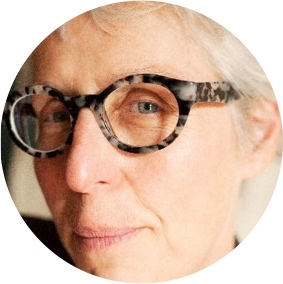 OC’s Executive Director, Katherine Carleton commented, “Every single nomination for Orchestras Canada’s annual Betty Webster Award is inspiring: but every year, one stands out. Heather Wootton is not only a wonderful colleague and a skilled performer, but she has also consistently, quietly, and generously shared her love of music with musicians young and old, demonstrating over and over again that doing something as well as possible – and sharing what we know with others – make us all better people. Thank you, Heather.”
OC’s Executive Director, Katherine Carleton commented, “Every single nomination for Orchestras Canada’s annual Betty Webster Award is inspiring: but every year, one stands out. Heather Wootton is not only a wonderful colleague and a skilled performer, but she has also consistently, quietly, and generously shared her love of music with musicians young and old, demonstrating over and over again that doing something as well as possible – and sharing what we know with others – make us all better people. Thank you, Heather.”

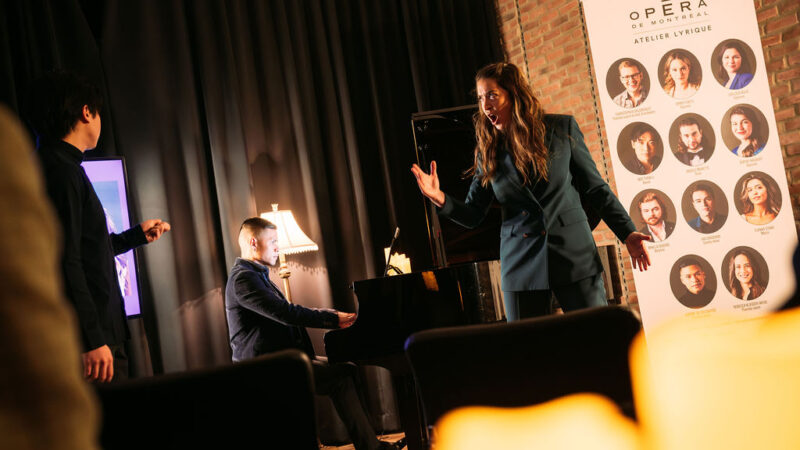
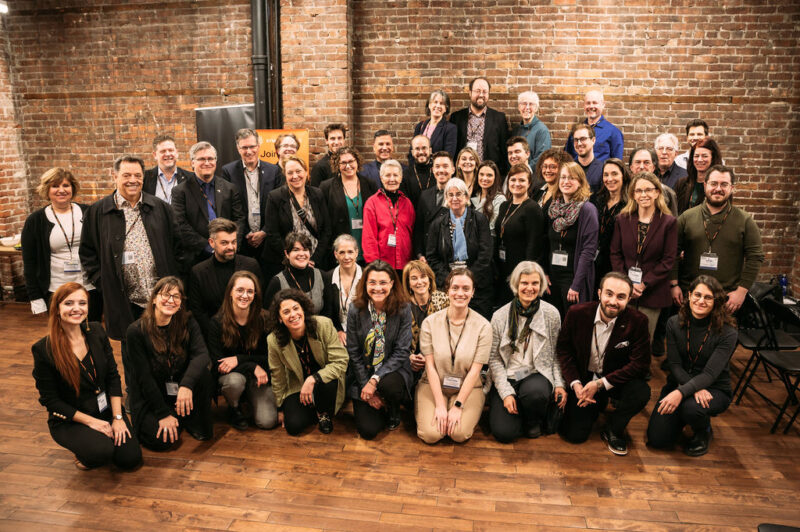


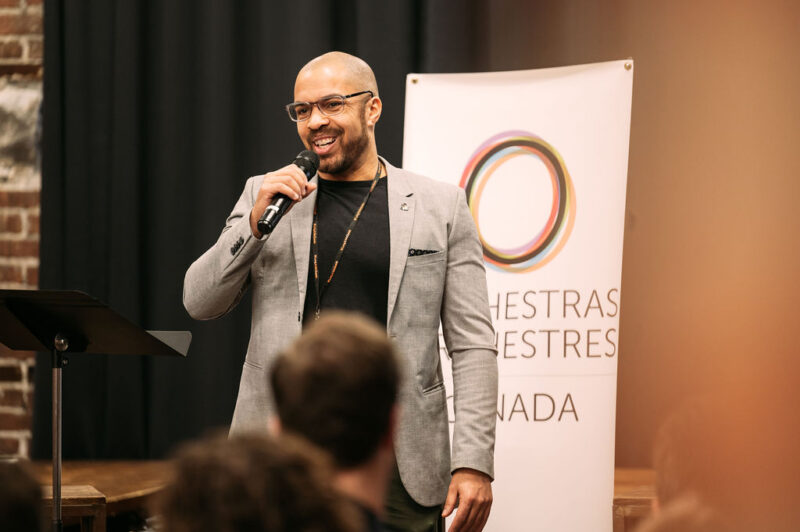
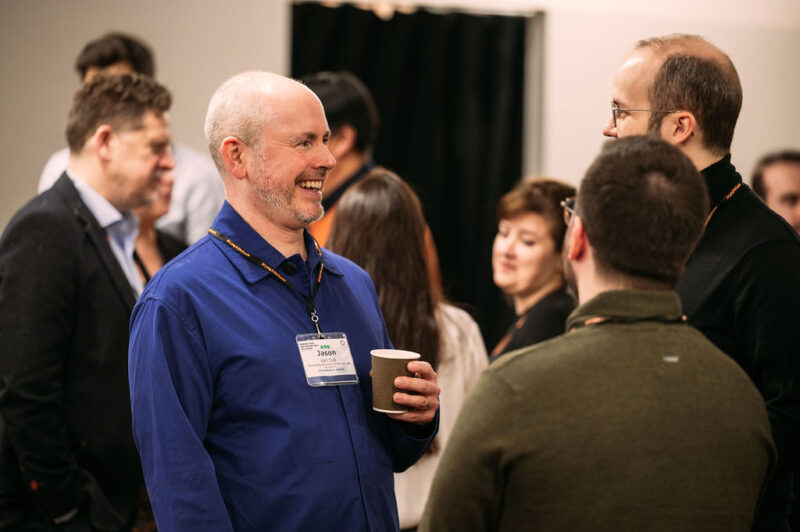


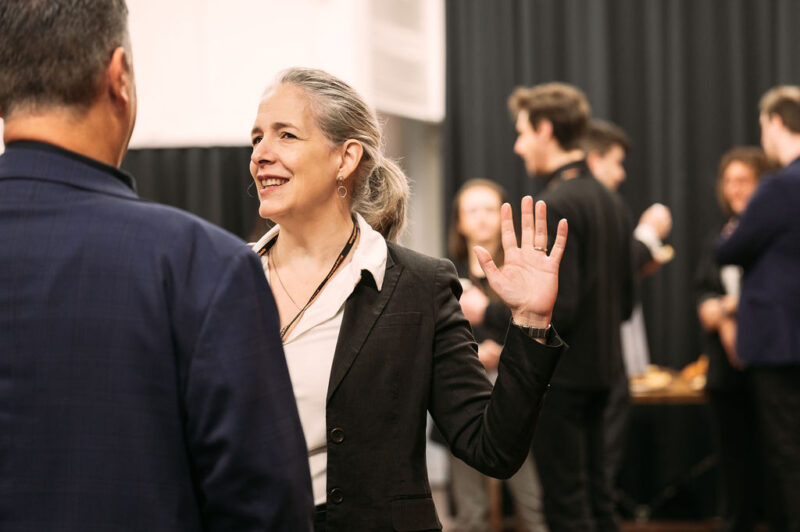
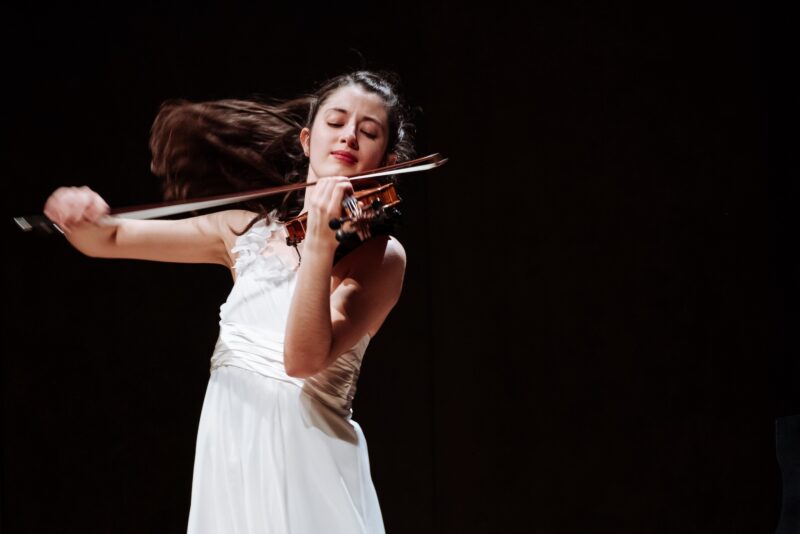
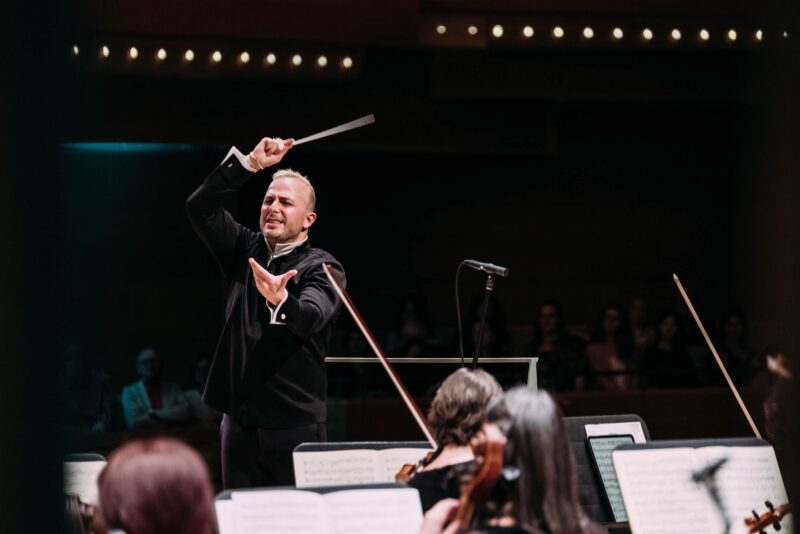
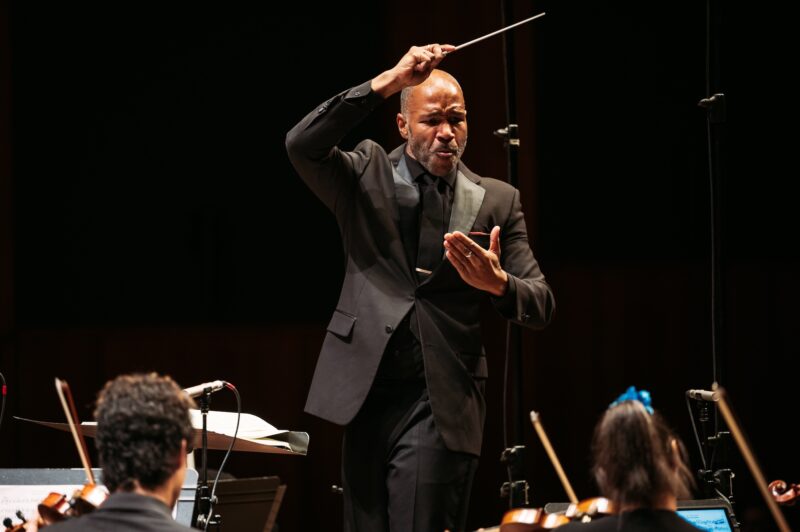
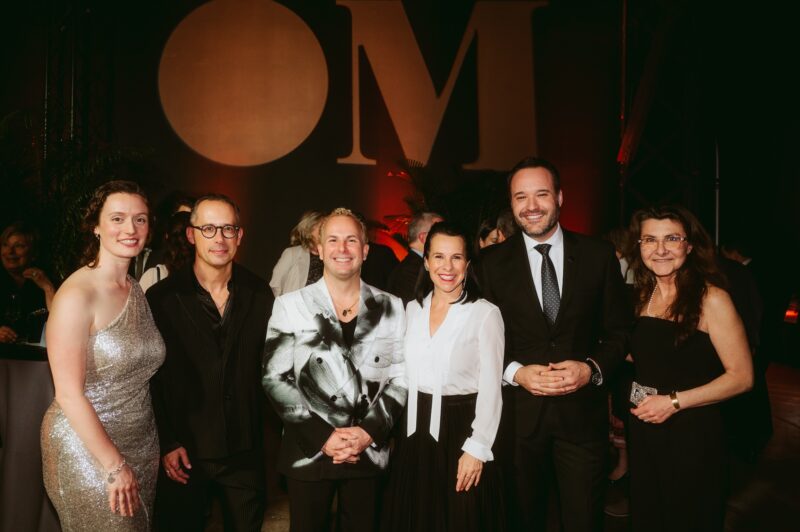
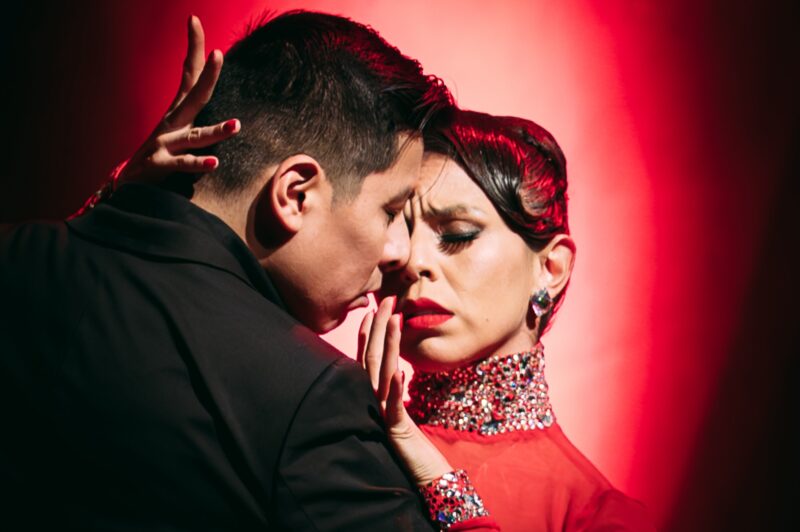
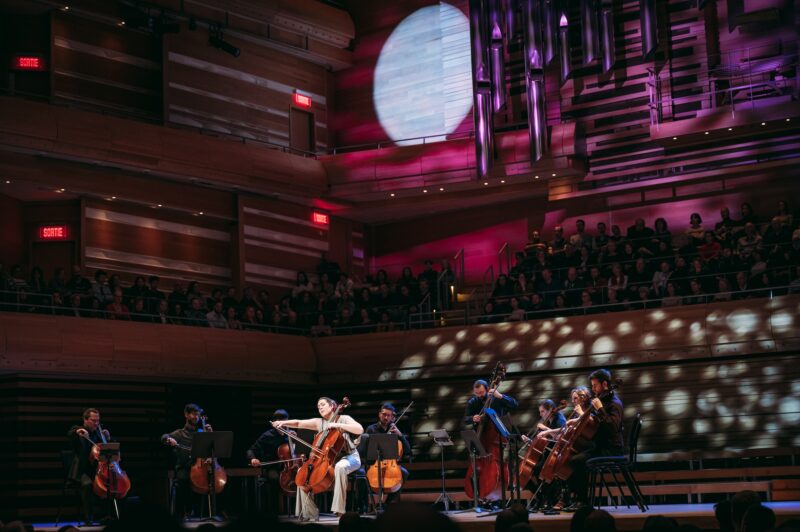
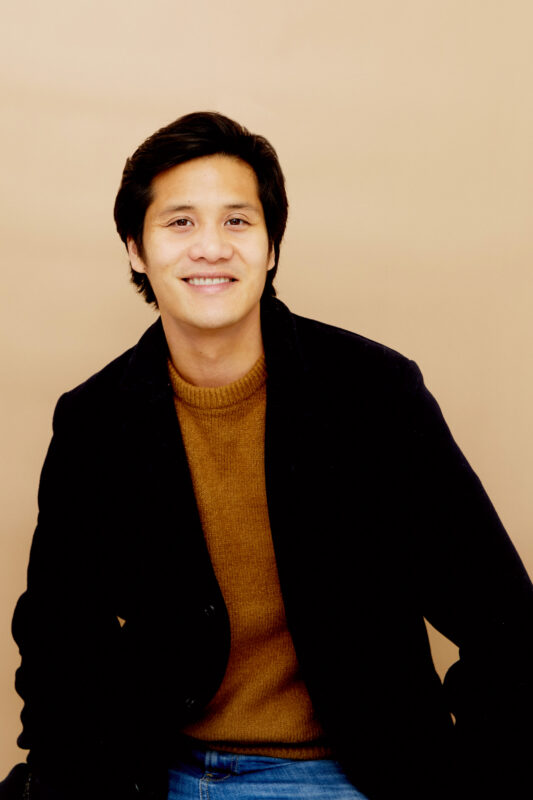 As a graduate of McGill University’s Desautels Faculty of Management, fluent in English, French, Vietnamese, and German, my career as a professional photographer and artist is shaped by a global perspective and a genuine passion for classical music. This passion is rooted in a family legacy of cinematographers and photographers, driving my dedication to capturing moments that tell a meaningful story.
As a graduate of McGill University’s Desautels Faculty of Management, fluent in English, French, Vietnamese, and German, my career as a professional photographer and artist is shaped by a global perspective and a genuine passion for classical music. This passion is rooted in a family legacy of cinematographers and photographers, driving my dedication to capturing moments that tell a meaningful story.


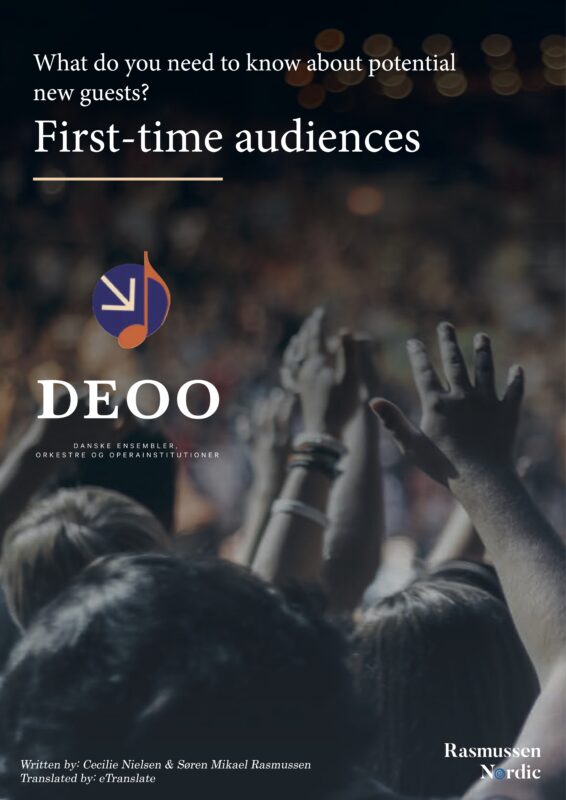
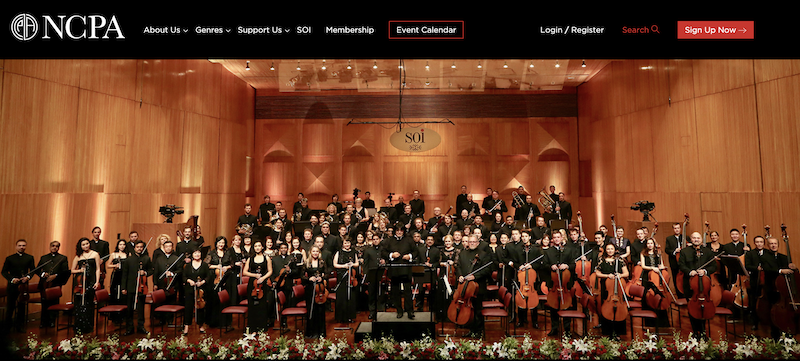
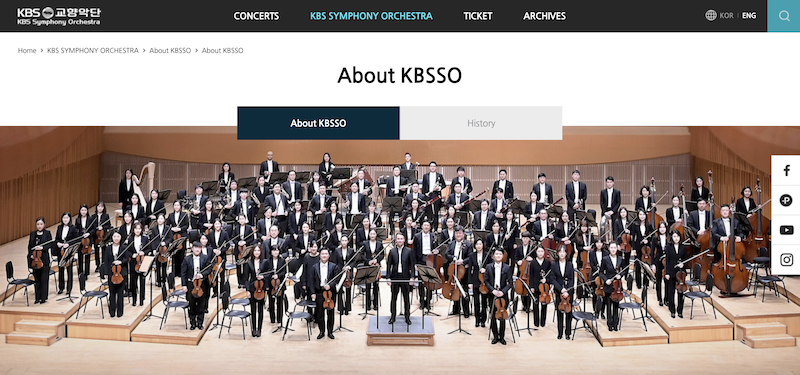
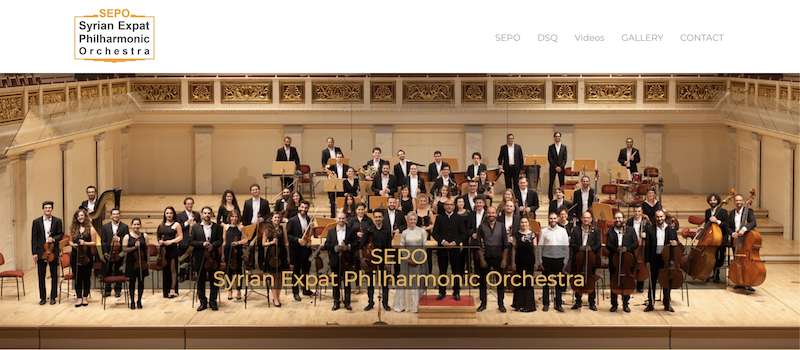
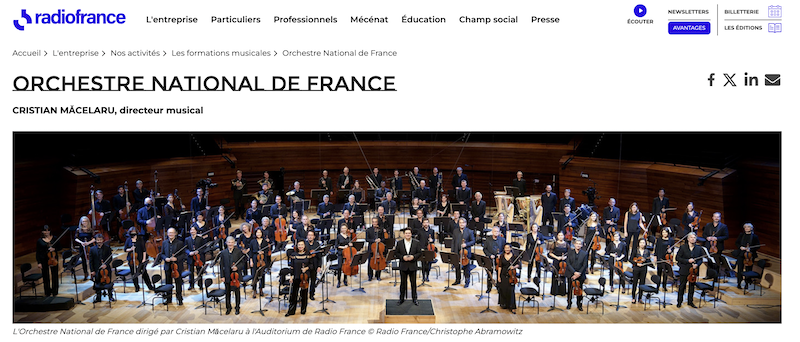
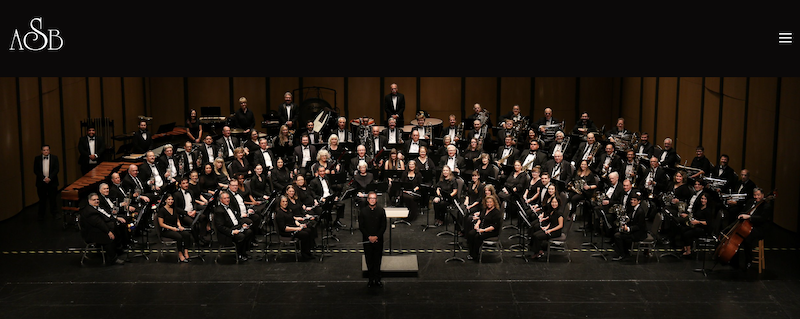
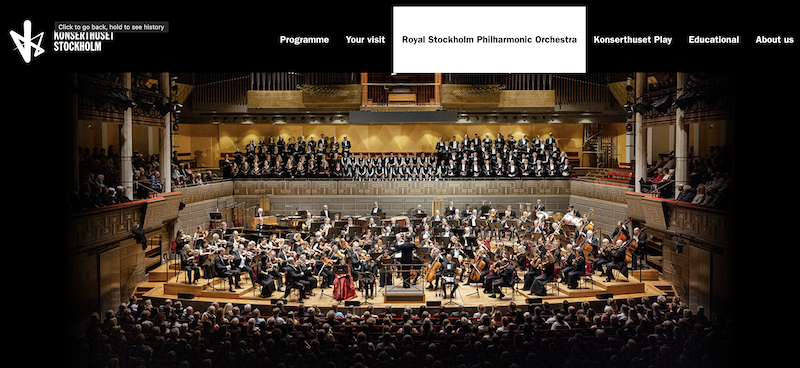
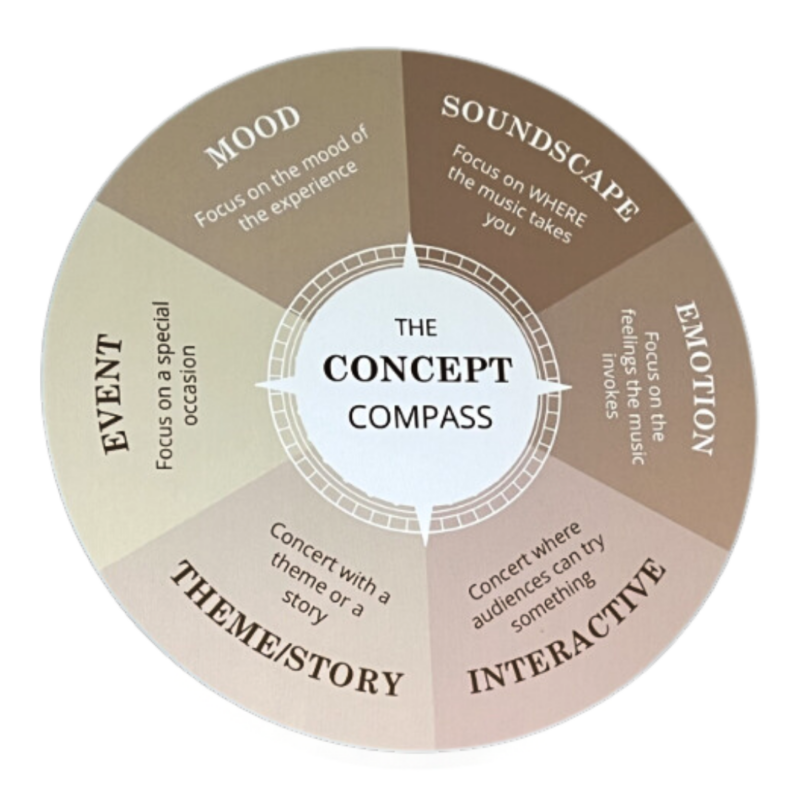


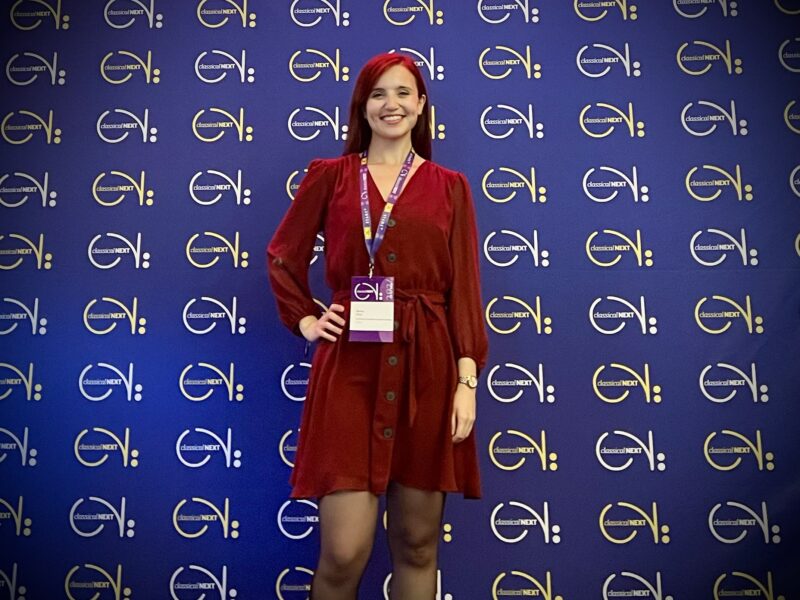



 The most important driver of emissions in the concert business is not the travel of the artists, but of the audience. However, not putting on concerts cannot be the solution!
The most important driver of emissions in the concert business is not the travel of the artists, but of the audience. However, not putting on concerts cannot be the solution! 





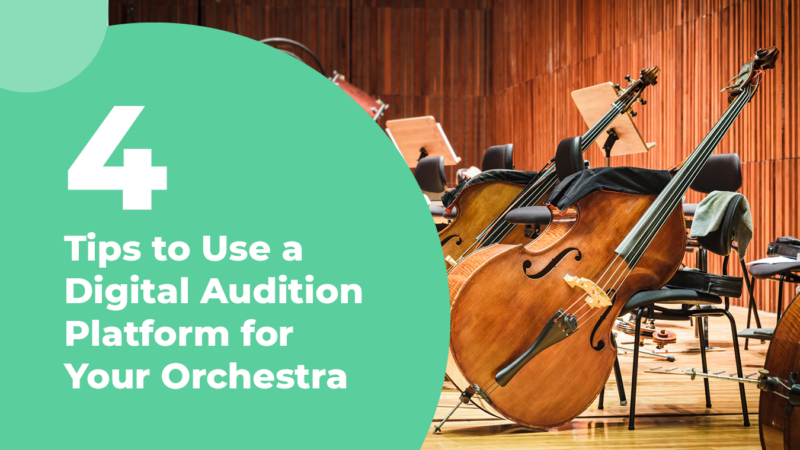
 *Jerry Tsai is the President of Acceptd, a Togetherwork company that is the premier recruitment, application, and audition platform for the arts. He is passionate about serving the arts community and loves that art is a way to wind down and enjoy all that life has to offer.
*Jerry Tsai is the President of Acceptd, a Togetherwork company that is the premier recruitment, application, and audition platform for the arts. He is passionate about serving the arts community and loves that art is a way to wind down and enjoy all that life has to offer. 